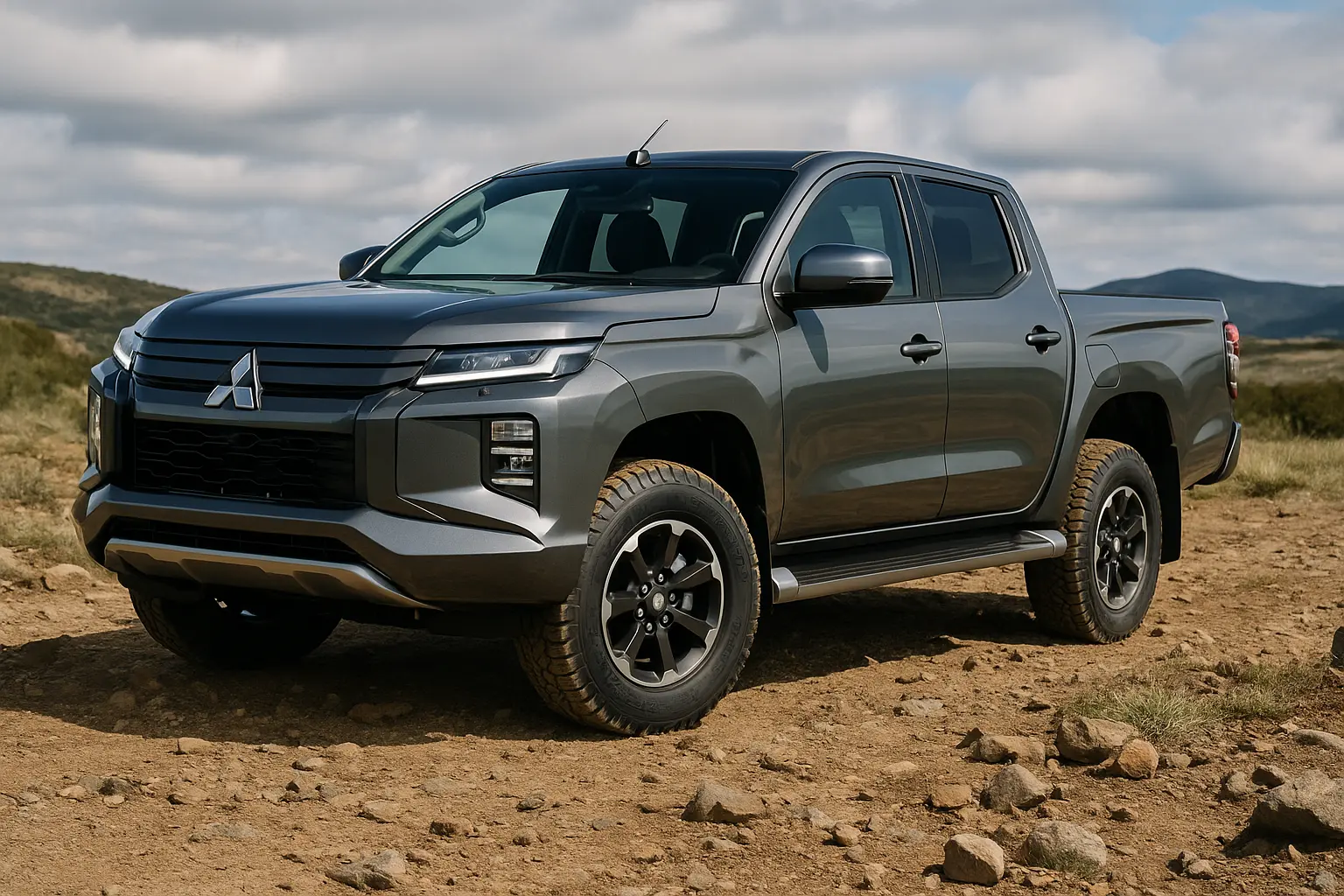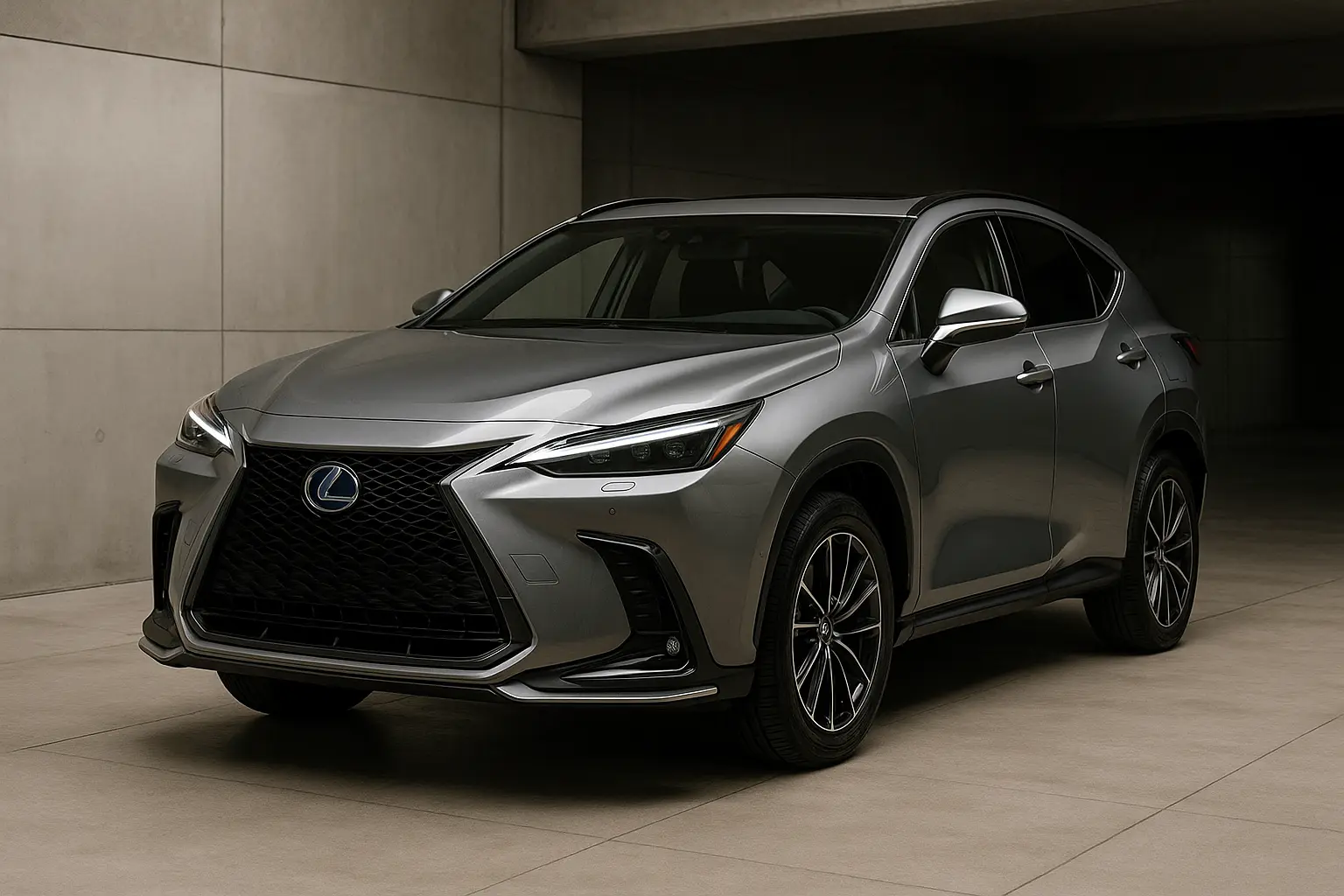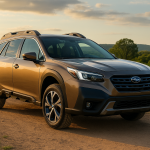Introduction: Australia’s Climate Challenge

Australia’s weather is as varied as its vast landscapes—from sizzling summer heatwaves in the outback to torrential rain and flash floods in the north, and chilly alpine winters in the south. With climate change intensifying these extremes, the demand for resilient, climate-ready vehicles in 2025 has skyrocketed.
Manufacturers have responded with innovative solutions. In this blog, we explore how Australian cars in 2025 are equipped to tackle heatwaves, flooding, wild bushfire conditions, and more, across various vehicle types including EVs, hybrids, and ICE-powered vehicles.
1. The Growing Threat of Extreme Weather in Australia
Before diving into the car technology, let’s examine the climate trends that are reshaping the automotive landscape:
More Frequent Heatwaves: Australia has seen record-breaking summer temperatures, with many regions exceeding 45°C.
Bushfire Seasons Getting Longer: Dry conditions make cars more prone to overheating and fire exposure.
Heavy Rainfall Events: Flash flooding and waterlogging create new demands on vehicle sealing and traction systems.
Storms & UV Exposure: High UV radiation degrades car paint, interiors, and electronics.
2025 vehicle engineering must now take all of these into account—especially as car buyers increasingly demand vehicles that can withstand our tough terrain and wild climate.
2. Heat Protection: Cooling Systems Get Smarter
Advanced Engine Cooling
For internal combustion engines (ICE), overheating is a major concern in Australian summers. In 2025, new vehicles feature:
Smart electric water pumps that regulate coolant flow based on real-time heat data.
Variable grille shutters that close when airflow isn’t needed, helping improve efficiency and warming in winter, while opening wide in high heat.
Improved radiator materials, including lightweight aluminium and heat-dissipating polymers, allow better thermal conductivity.
Battery Thermal Management in EVs
EVs are even more sensitive to heat. Lithium-ion battery packs degrade faster in hot environments. That’s why 2025 EVs use:
Liquid-cooled battery packs instead of passive air cooling (especially standard in Tesla, Hyundai, BYD, and Kia models).
Preconditioning systems that actively cool or heat batteries before charging or driving.
Overheat protection failsafes, including reduced power output to preserve battery health in extreme conditions.
Cabin Comfort in 45°C+
Solar-sensing automatic climate control now adapts not just to internal temps but solar intensity.
Many new models include remote cabin pre-cooling through smartphone apps (standard on Hyundai Ioniq 6, Kia EV9, Ford Ranger).
Some luxury models (BMW, Lexus) now feature ventilated seats and cooled steering wheels, not just air-conditioning.
3. Paint & Interior Durability in Harsh UV
UV-Resistant Paint and Coatings
Long exposure to Aussie sun causes paint fading, clear coat peeling, and plastic warping. New-generation cars use:
Ceramic-infused paint protection from the factory.
UV-stabilised clear coats to prevent oxidation.
Smart body panels with self-healing properties (available in some Nissan and Lexus models).
Interior Materials Built to Last
Modern cars now avoid hard plastics in sun-exposed areas, instead opting for:
UV-protected leatherette/vinyls that resist cracking and fading.
Infotainment screens with anti-glare, anti-burn-in coatings.
Tinted laminated glass to reduce heat and UV entry while maintaining visibility.
4. Handling Floods, Storms & Heavy Rain
Australia’s east coast is seeing more La Niña-like flooding events, demanding vehicles with high ground clearance and advanced safety systems.
Water Wading and Ground Clearance
In 2025, popular models like the Toyota HiLux Rogue, Ford Everest, and Isuzu MU-X have:
Factory water-wading depths of 700mm or more
Raised air intakes or optional snorkels for water crossings
Electronic diff locks and hill descent systems to maintain grip on muddy slopes
Sealing and Electronics
New-generation vehicles are sealed better to avoid water ingress:
Rubberised wiring looms and battery enclosures (especially in EVs like the BYD Seal and Tesla Model Y)
Sealed ECU compartments positioned higher in the engine bay
Hydrophobic coatings on vulnerable connectors
ADAS and Rain Adaptation
Most 2025 models with Advanced Driver Assistance Systems (ADAS) now have:
Rain-sensing adaptive cruise control
Auto-deactivating lane-keeping when visibility is poor
360-degree cameras with heated lenses to prevent fogging
5. Surviving Bushfire Zones
Rural and regional Aussies know how important heat-resistance and evacuation-readiness are. Here’s how cars are adapting:
Underbody Protection
Increased use of heat-resistant underbody shielding is standard in utes and 4WDs like the GWM Tank 300 and Toyota LandCruiser 300.
Metal skid plates help prevent fire debris from damaging fuel lines.
Heat shields protect battery compartments in PHEVs and EVs.
Cabin Air Filtration
Many 2025 models offer HEPA-grade cabin filters that block bushfire smoke.
Recirculation modes keep smoke out when driving through fire-affected regions.
6. Climate-Responsive Safety Systems
When weather turns wild, safety must be proactive—not reactive.
Emergency Braking and Storm Detection
Some vehicles like the 2025 Subaru Outback and Toyota RAV4 Hybrid now use weather-integrated radar sensors that adjust braking distance in wet conditions.
Smart hazard systems can detect reduced traction and activate warnings or adjust speed controls automatically.
Heat Stress Alerts
Hyundai and Kia vehicles now include "rear occupant alerts" triggered by temperature, reminding you not to leave kids or pets inside.
7. Tyres & Traction for All Seasons
In 2025, tyres have also evolved:
All-weather compounds with better heat resistance to avoid blowouts
Run-flat tyre options are expanding into more segments (especially premium and hybrid vehicles)
Tyre Pressure Monitoring Systems (TPMS) now come standard, with alerts for rapid deflation in extreme heat
For example, the Mazda CX-5 and Subaru Forester include TPMS that calibrate to ambient temperature shifts.
8. Maintenance Matters: Car Care Tips in Extreme Conditions
Heatwave-Specific Maintenance Tips
Check coolant and radiator levels frequently during the summer.
Inspect battery health (especially in older vehicles prone to heat-related battery failure).
Use sunshades and ventilated seat covers to protect interior trims.
Wet Season Car Care
Check tyre tread before heavy rain season—bald tyres mean poor traction.
Grease door hinges and seals to prevent water seepage and rust.
Protect electronics with rubber boot covers in older utes or 4x4s.
9. EVs and Hybrids in the Aussie Climate
EVs and hybrids offer fantastic fuel efficiency but must be managed properly in Aussie weather:
Avoid rapid charging in peak heat to prolong battery life.
Park in shaded areas or use carports to reduce cabin and battery temperatures.
Precondition cabin while plugged in to reduce energy drain from the battery when starting.
EVs like the Hyundai Ioniq 5, Polestar 2, and Tesla Model 3 offer heat-prep features via mobile apps.
10. Climate-Ready Car Features to Look for in 2025
If you’re shopping for a car in 2025, especially in heatwave-prone states like WA, SA, NT, or QLD, consider these features:
| Feature | Why It Matters |
|---|---|
| Liquid-cooled EV battery | Prevents thermal degradation |
| Ventilated seats & AC vents | Essential for summer comfort |
| Laminated/tinted windows | Reduces UV damage |
| Tyre Pressure Monitoring | Protects against blowouts |
| Cabin pre-conditioning | Keeps car cool remotely |
| High wading depth (SUVs/utes) | Useful in floods/storms |
| Sealed underbody electronics | Helps resist flood damage |
| UV-stabilised interior materials | Avoid fading and cracking |
| Cabin HEPA filters | Helps against bushfire smoke |
| Rain-sensing wipers & storm sensors | Improves visibility in downpours |
Conclusion: The Future is Heat-Ready, Water-Tight, and Aussie-Proof
The days of cars struggling in Australian weather are behind us—if you choose wisely. 2025 models are engineered with heat, rain, storms, and bushfire risk in mind, offering peace of mind to drivers from Darwin to Melbourne, Perth to Brisbane.
Whether you’re buying an SUV to tackle stormy roads, or a compact EV for city commutes, make sure your next ride is built for the climate it’ll live in. That’s not just smart—it’s survival in the Aussie outback and beyond.
Leave a comment
Your email address will not be published. Required fields are marked *



















